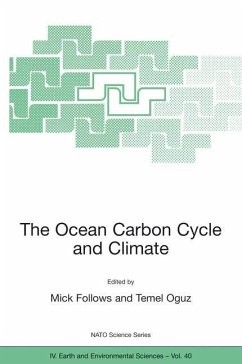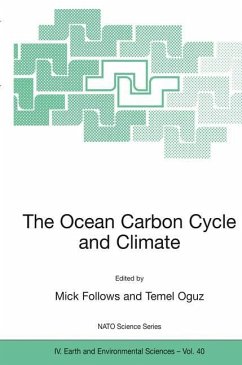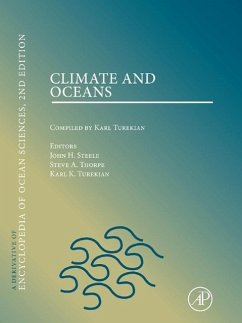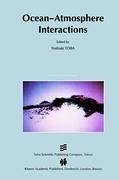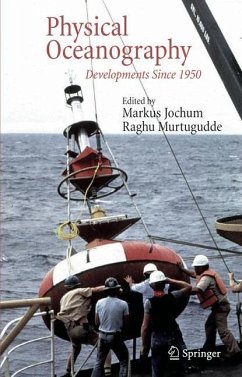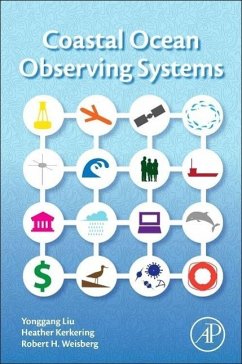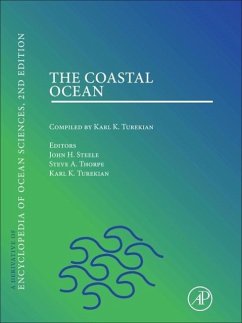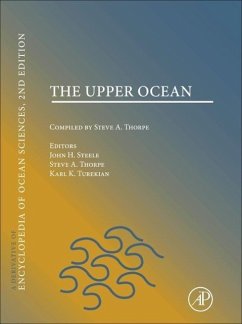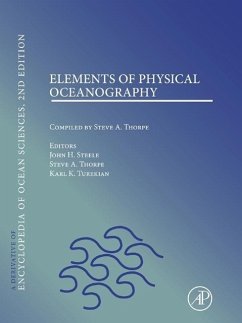
Cloud Computing in Ocean and Atmospheric Sciences

PAYBACK Punkte
39 °P sammeln!
Cloud Computing in Ocean and Atmospheric Sciences provides the latest information on this relatively new platform for scientific computing, which has great possibilities and challenges, including pricing and deployments costs and applications that are often presented as primarily business oriented. In addition, scientific users may be very familiar with these types of models and applications, but relatively unfamiliar with the intricacies of the hardware platforms they use.The book provides a range of practical examples of cloud applications that are written to be accessible to practitioners, ...
Cloud Computing in Ocean and Atmospheric Sciences provides the latest information on this relatively new platform for scientific computing, which has great possibilities and challenges, including pricing and deployments costs and applications that are often presented as primarily business oriented. In addition, scientific users may be very familiar with these types of models and applications, but relatively unfamiliar with the intricacies of the hardware platforms they use.
The book provides a range of practical examples of cloud applications that are written to be accessible to practitioners, researchers, and students in affiliated fields. By providing general information on the use of the cloud for oceanographic and atmospheric computing, as well as examples of specific applications, this book encourages and educates potential users of the cloud. The chapters provide an introduction to the practical aspects of deploying in the cloud, also providing examples of workflows and techniques that can be reused in new projects.
The book provides a range of practical examples of cloud applications that are written to be accessible to practitioners, researchers, and students in affiliated fields. By providing general information on the use of the cloud for oceanographic and atmospheric computing, as well as examples of specific applications, this book encourages and educates potential users of the cloud. The chapters provide an introduction to the practical aspects of deploying in the cloud, also providing examples of workflows and techniques that can be reused in new projects.




